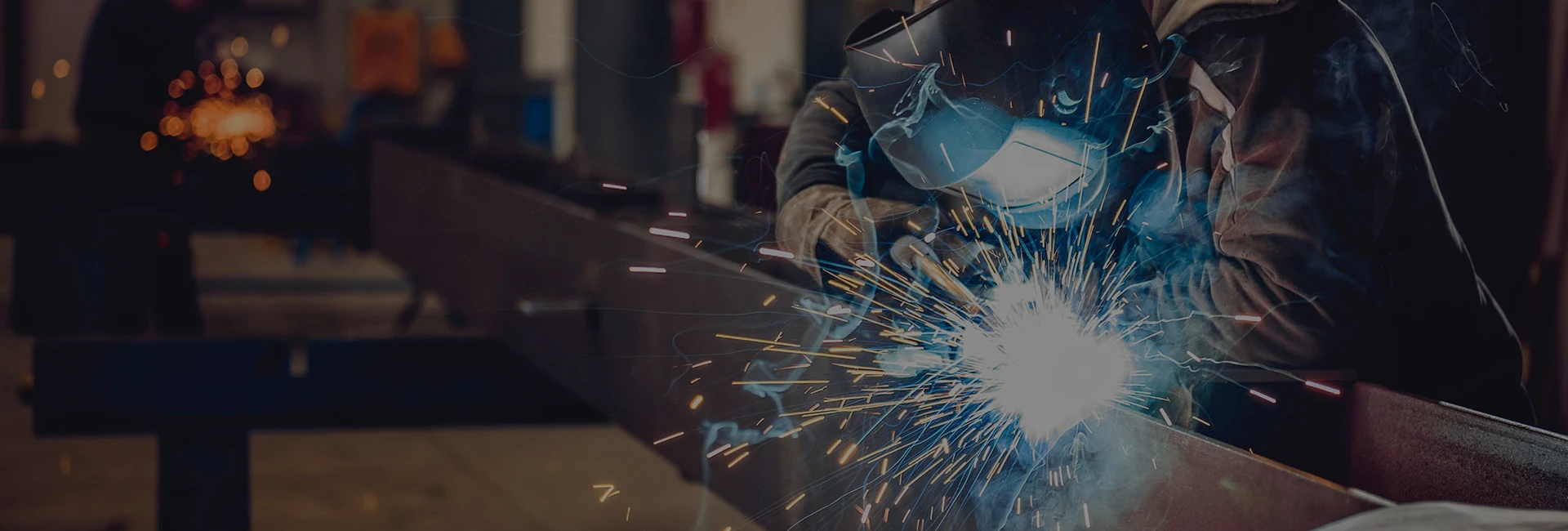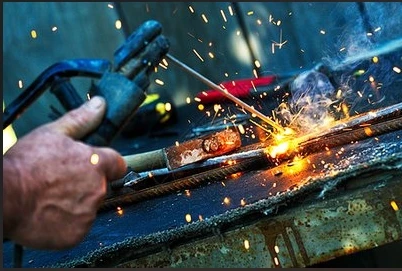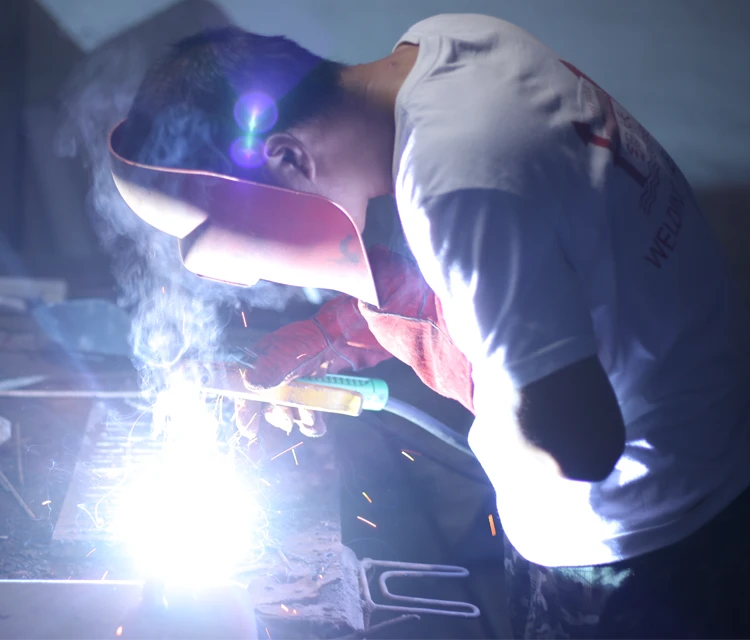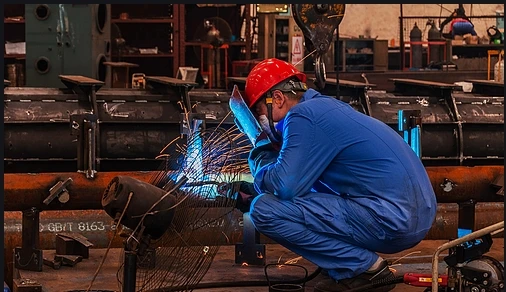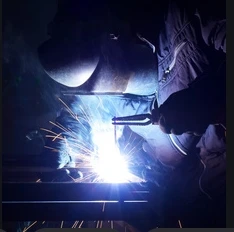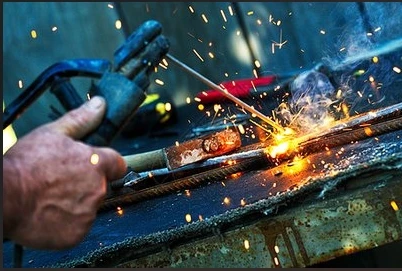Carbon Steel Welding Rod for Construction Repairs
8月 . 29, 2025 17:07
Dingzhou Jinlong Metal Production offers specialized carbon steel welding rod solutions for construction repair applications. Our product range includes the popular j422 welding rod and various 溶接用炭素棒 designed to meet diverse construction requirements. These electrodes provide reliable performance for structural repairs, fabrication, and maintenance across construction projects. With comprehensive international certifications and rigorous quality control, our welding rods ensure consistent performance and meet the demanding standards of construction industry applications.
Understanding J422 Welding Rod Characteristics
• J422 welding rod features titanium oxide coating for easy arc ignition
• Suitable for all-position welding including flat, horizontal, and vertical applications
• Provides stable arc with minimal spatter and easy slag removal
• Delivers good mechanical properties with tensile strength of 420 MPa

Properties of Carbon Steel Welding Rod
• Carbon steel welding rod offers excellent deposition rates for efficient repairs
• Various classifications available for different construction applications
• Designed for compatibility with common construction steel grades
• Provides strong, ductile welds with good impact resistance
Applications of Carbon Rods for Welding
• Carbon rods for welding ideal for structural steel repairs and fabrication
• Suitable for bridge construction and maintenance welding
• Used in building framework repairs and reinforcement
• Applicable for heavy equipment repair in construction sites
Technical Specifications and Performance
• Tensile strength ratings meet construction industry requirements
• Elongation properties ensure weld durability under dynamic loads
• Impact values accommodate structural stress conditions
• Hardness matching maintains compatibility with base materials
Welding Techniques and Best Practices
• Proper current settings optimize j422 welding rod performance
• Electrode angle and travel speed affect weld quality
• Joint preparation techniques ensure optimal penetration
• Interpass temperature control maintains weld integrity
Quality Assurance and Certification
• ISO 9001 certification guarantees consistent manufacturing quality
• CE marking ensures compliance with European safety standards
• Chemical composition verification maintains performance standards
• Mechanical property testing validates weld characteristics
J422 Welding Rod FAQs
Q: What are the key characteristics of a J422 Welding Rod and what materials is it used for?
A: A J422 Welding Rod is a common mild carbon steel electrode (equivalent to AWS E6013) with a rutile coating. Its core features include stable arc ignition, minimal spatter, easy slag removal, and good weld appearance. It’s designed for welding low-carbon steel (carbon content ≤0.25%) and mild steel, such as Q235 steel plates, structural steel, and thin-sheet metal. Suitable for all welding positions (flat, vertical, overhead) and both AC/DC welding machines, it’s widely used in general fabrication, DIY repairs, and light industrial projects.
Q: How do Carbon Rods for Welding differ from J422 Welding Rods in function and application?
A: Carbon Rods for Welding そして J422 Welding Rods serve distinct roles: Carbon Rods for Welding are non-consumable—they conduct electricity to generate an arc but don’t melt into the weld. They’re mainly used for processes like carbon arc welding (CAW) or carbon arc gouging (to remove defective welds or shape metal), often with a separate filler metal. In contrast, J422 Welding Rods are consumable—their core wire melts to form the weld, and the coating provides shielding gas and slag. Carbon Rods excel at metal preparation/gouging, while J422 Rods focus on joining mild steel.
Q: What welding parameters (current, voltage) work best for a J422 Welding Rod?
A: The ideal parameters for a J422 Welding Rod depend on its diameter:
For 2.5mm rods: Use 50–80A (AC/DC) for thin sheets (1–3mm), suitable for vertical/overhead positions.
For 3.2mm rods: Use 80–120A (AC/DC) for medium-thickness steel (3–8mm), ideal for flat/horizontal welding.
For 4.0mm rods: Use 120–180A (AC/DC) for thick steel (8–15mm), best for flat position.
Voltage is typically 20–25V, matching the current to avoid arc instability (too low = weak arc; too high = excessive spatter). Adjust based on steel thickness—thicker material needs higher current for full penetration.
Q: When should I choose a Carbon Steel Welding Rod over other electrode types (e.g., stainless steel rods)?
A: Choose a Carbon Steel Welding Rod (like J422, E7018) when welding carbon steel or mild steel—its composition matches the base metal, ensuring strong, ductile welds with good compatibility. It’s more cost-effective than stainless steel rods and avoids unnecessary alloying (stainless steel rods add chromium/nickel, which are wasted on non-corrosive carbon steel projects). Use it for structural welding, machinery repair, or fabrication where corrosion resistance isn’t a priority. Opt for stainless steel rods only if the base metal is stainless steel or the project needs rust resistance.
Q: How to store J422 Welding Rods and Carbon Rods for Welding to maintain their performance?
A: For J422 Welding Rods: Store in a dry, well-ventilated area (humidity ≤60%) to prevent coating moisture absorption—moisture causes porosity in welds. Use sealed plastic bags or moisture-proof cabinets; if rods get damp, re-dry them at 100–150°C for 1–2 hours (avoid overheating, which damages the coating). For Carbon Rods for Welding: Keep them in a clean, dry container to prevent surface rust or contamination—rust on carbon rods can cause arc instability during gouging/welding. Avoid dropping or bending carbon rods, as this breaks their structure and reduces conductivity.



